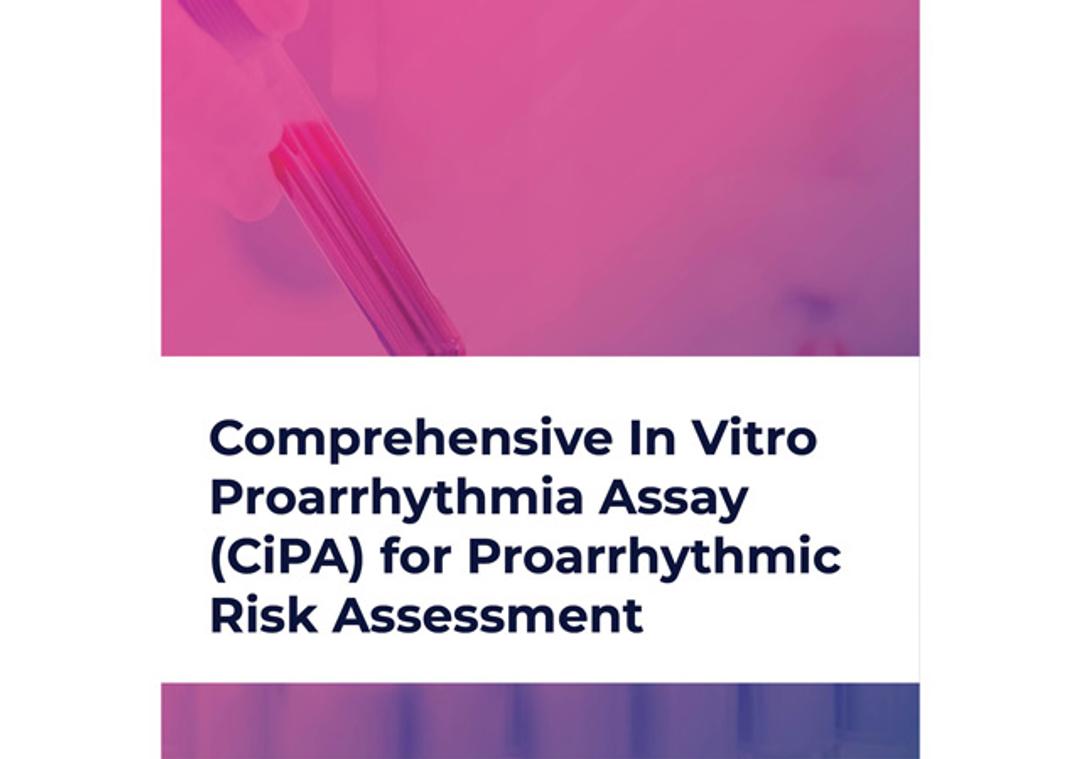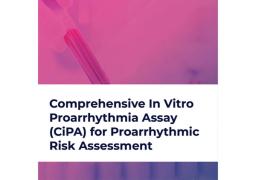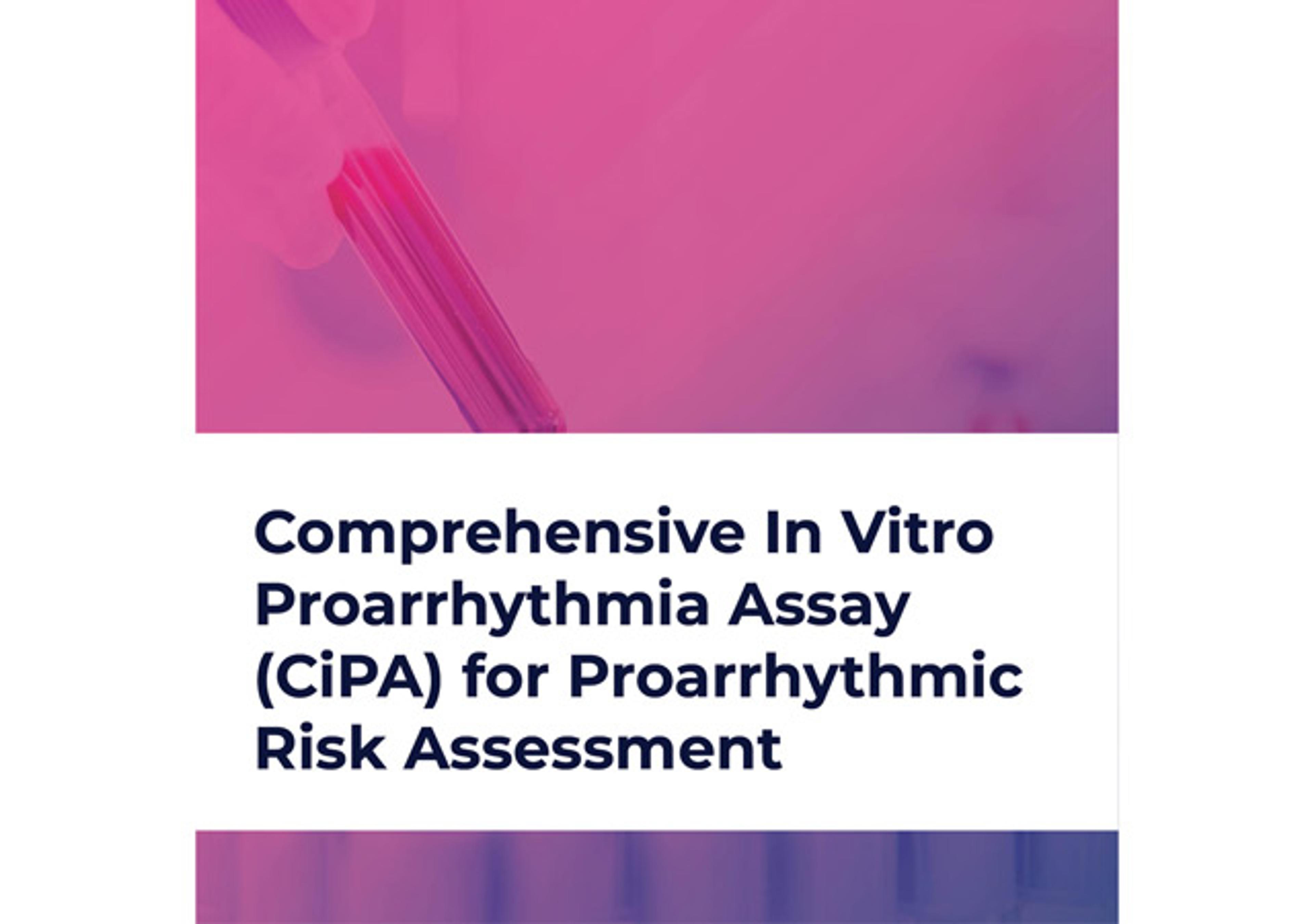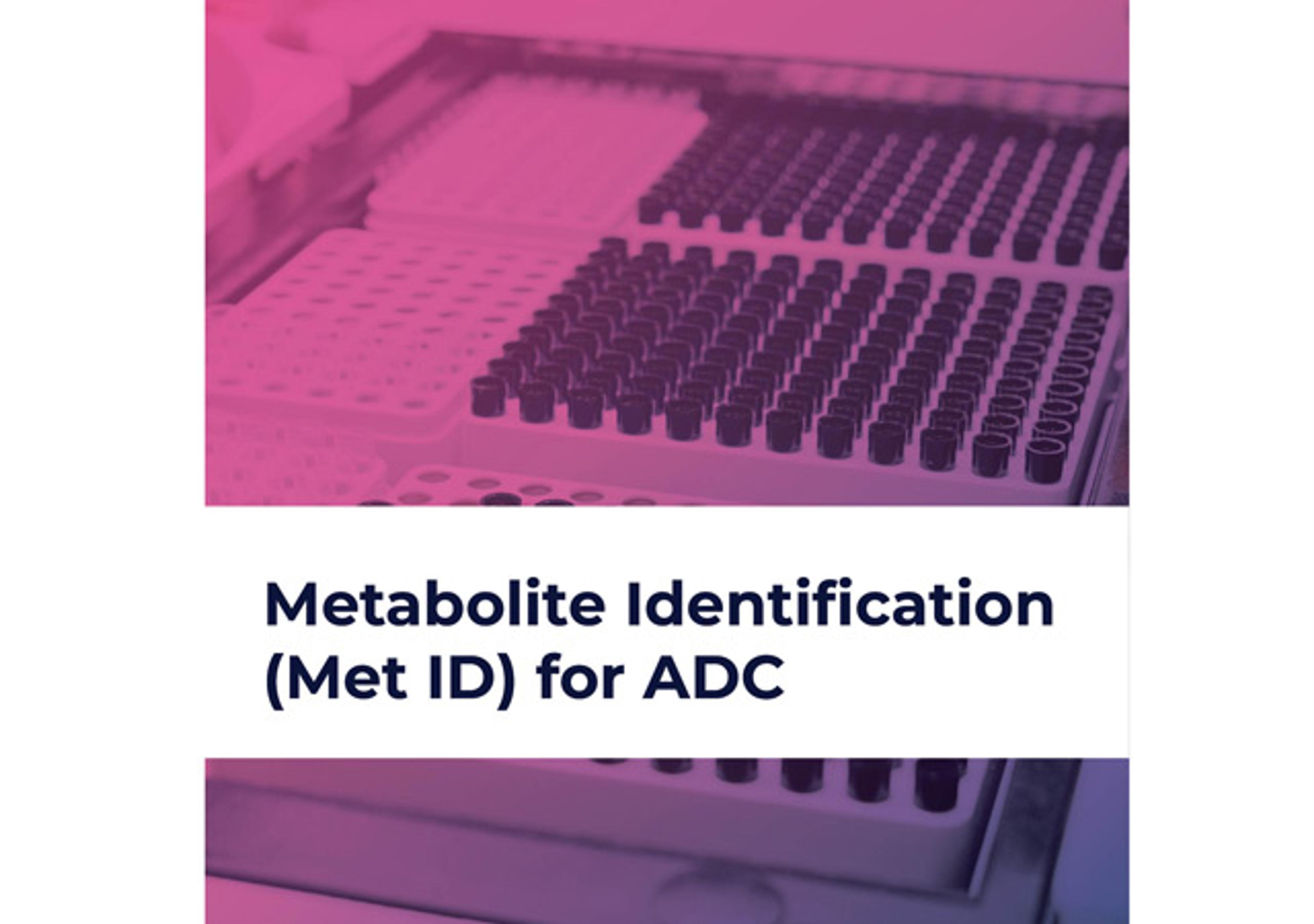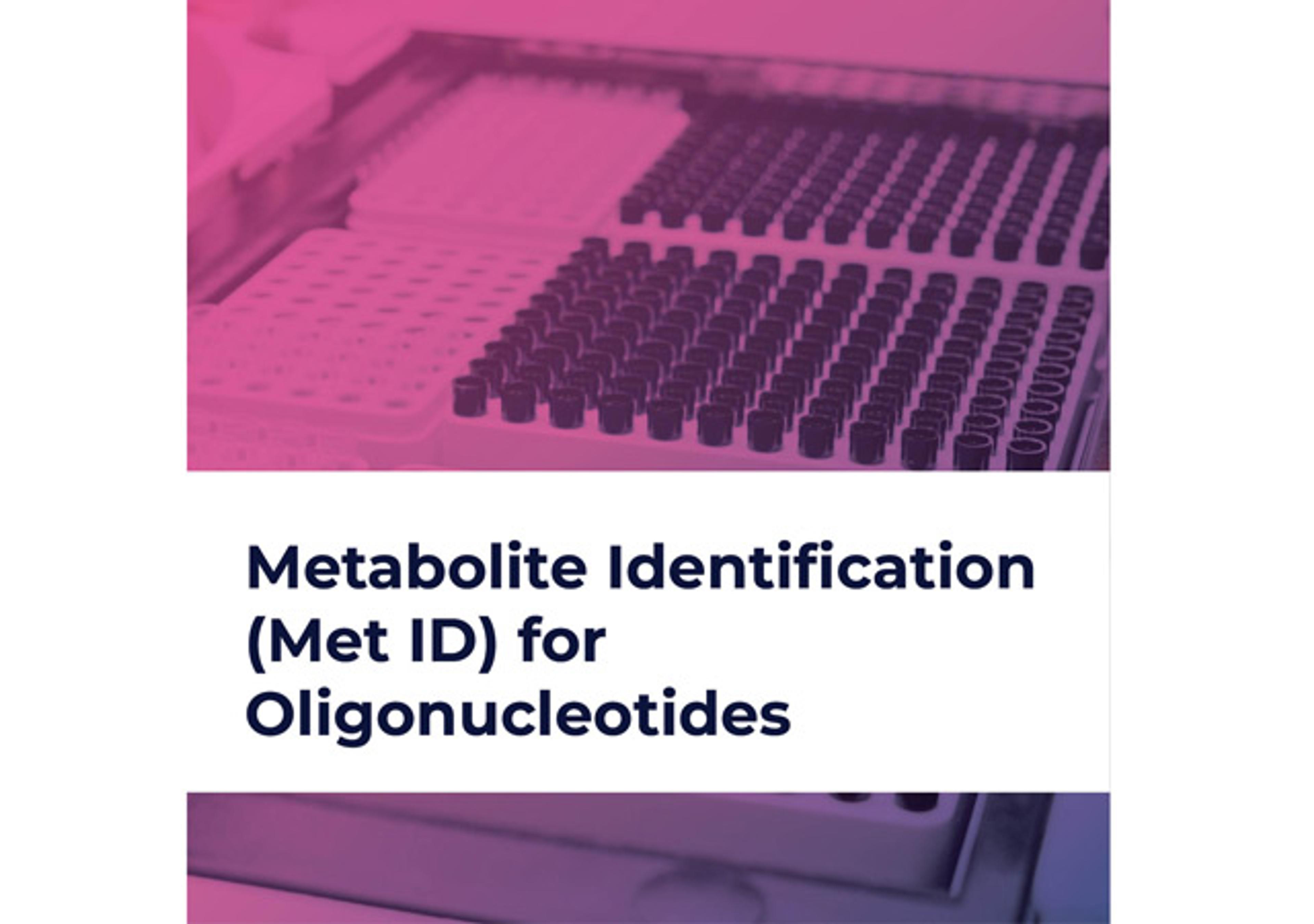Comprehensive In Vitro Proarrhythmia Assay (CiPA) for Proarrhythmic Risk Assessment
Our Comprehensive In Vitro Proarrhythmia Assay (CiPA) service assesses proarrhythmic potential of compounds beyond hERG inhibition, integrating effects on multiple cardiac ion channels and human iPSC-derived cardiomyocytes via patch clamp and multi-well MEA platforms. Aligned with FDA's CiPA initiative and ICH E14/S7B guidelines, it predicts QT prolongation and TdP risks for enhanced specificity in early drug safety evaluation…
Drug-induced proarrhythmia, such as TdP, poses significant risks in development, often linked to multichannel ion effects not captured by hERG alone. Initiated by the FDA in 2013, the CiPA paradigm improves prediction through four components: measuring drug effects on multiple human cardiac currents (e.g., hERG, Nav1.5, Cav1.2, KvLQT1/minK, Kir2.1, Kv4.3, Kv1.5), in silico reconstruction of ventricular electrophysiology, in vitro evaluation using human stem cell-derived ventricular myocytes, and clinical assessment of unanticipated effects. Our service employs patch clamp on overexpressed cell lines for precise ion channel data and multi-well microelectrode array (mwMEA) on hiPSC-CMs to analyze field potential duration (FPD) changes, beat rate, and spike amplitude. Validated with reference compounds like dofetilide (pure hERG blocker), sotalol (false-negative), and verapamil (false-positive), it provides integrated insights into multichannel interactions, aiding in risk stratification and human PK prediction.
Key features or benefits:
- Advanced instrumentation: Patch clamp for ion channels and mwMEA for hiPSC-CMs, enabling high-fidelity data
- Multichannel assessment: Covers key cardiac currents with reference inhibitors for accurate profiling
- Validated workflows: Evaluates CiPA compounds, detecting FPD changes >20% relative to Cmax and IC50
- Expert analysis: Full support from assay design to interpretation and regulatory reporting
Relevant applications:
- Drug discovery: Early identification of proarrhythmic liabilities
- Preclinical testing: Comprehensive cardiac safety evaluations for lead optimization
- Regulatory compliance: Supporting ICH E14/S7B Q&As and alternatives to thorough QT studies
- Risk assessment: Predicting TdP and multichannel effects for IND/NDA submissions

